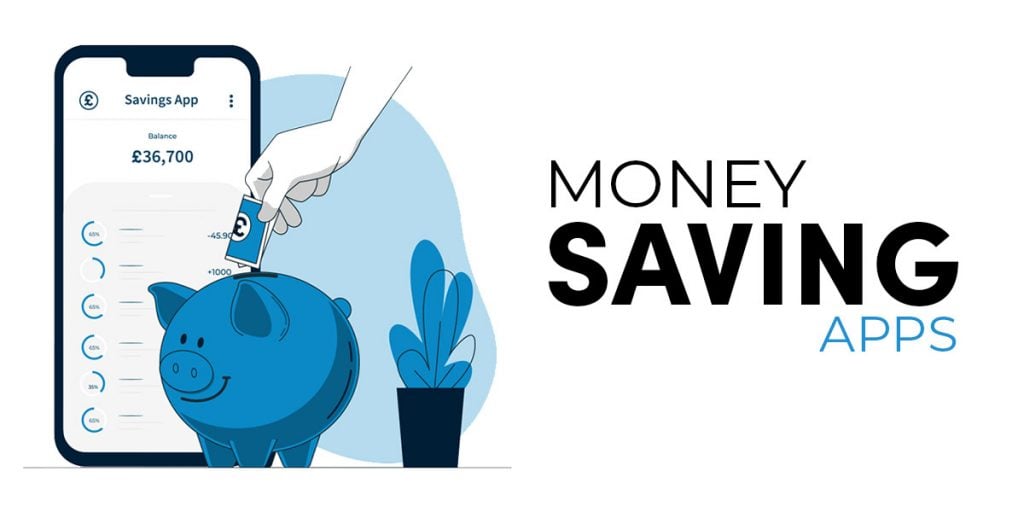In today’s digital age, managing finances has become easier than ever, thanks to the abundance of money-saving apps available. These apps offer a wide range of features, from budgeting and tracking expenses to investing and earning rewards. With so many options to choose from, it can be overwhelming to decide which ones are worth using. In this article, we will explore some of the best money-saving apps available, helping you make informed decisions about your financial management.

Top Money-Saving Apps
- Mint: One of the most popular money-saving apps, Mint offers a comprehensive platform for managing your finances. It allows you to track your spending, create a budget, and set financial goals. Mint also provides bill tracking and alerts, ensuring you never miss a payment.
- You Need a Budget (YNAB): As its name suggests, YNAB is designed to help you manage your budget effectively. This app allows you to track your income and expenses, set financial goals, and even invest in stocks and bonds.
- Personal Capital: This app provides a holistic view of your financial situation, allowing you to track your income, expenses, investments, and debts. Personal Capital also offers investment and financial planning tools, making it an excellent choice for those looking to grow their wealth.
- Acorns: If you’re new to investing, Acorns is an excellent app to start with. It allows you to invest small amounts of money into a diversified portfolio, making it easy to get started with investing.
- Ibotta: This app offers cashback rewards on your purchases, both online and in-store. Ibotta partners with numerous retailers, allowing you to earn rewards on everyday items.
- Digit: Digit is an innovative app that helps you save money by analyzing your spending habits and transferring small amounts of money into a savings account. This app is perfect for those who struggle to save money consistently.
- Qapital: Qapital is a budgeting app that allows you to set financial goals and track your progress. It also offers a range of savings tools, including automated savings and investment options.
- Credit Karma: This app provides free access to your credit score, as well as tools to help you manage your debt and improve your credit health. Credit Karma also offers personalized recommendations for credit cards and loans.
- Honey: Honey is a browser extension that helps you save money by automatically applying coupon codes and cashback rewards at checkout.
- Rakuten (formerly known as Ebates): This app offers cashback rewards on your online purchases, with partnerships with over 2,500 retailers.
Features to Look for in a Money-Saving App
When choosing a money-saving app, there are several features to consider:
- User interface: The app should be easy to navigate and user-friendly.
- Budgeting tools: Look for apps that offer comprehensive budgeting tools, including expense tracking and financial goal setting.
- Investment options: Consider apps that offer investment options, such as stocks, bonds, or ETFs.
- Cashback rewards: Look for apps that offer cashback rewards on your purchases.
- Security: Ensure the app is secure and protects your financial information.
- Customer support: Choose an app with excellent customer support, including phone, email, and live chat support.
Tips for Using Money-Saving Apps Effectively
- Set clear financial goals: Before using a money-saving app, define your financial goals, such as saving for a emergency fund or paying off debt.
- Track your spending: Use the app to track your spending, identifying areas where you can cut back and save.
- Automate your savings: Set up automatic transfers to your savings or investment accounts to make saving easier.
- Monitor your progress: Regularly check your progress, making adjustments as needed to stay on track.
- Take advantage of rewards: Use cashback rewards and other incentives to earn money back on your purchases.
Frequently Asked Questions (FAQ)
- Are money-saving apps secure?: Yes, most money-saving apps use advanced security measures, such as encryption and two-factor authentication, to protect your financial information.
- Do money-saving apps charge fees?: Some money-saving apps charge fees, such as management fees or transaction fees. Be sure to review the fees before signing up.
- Can I use multiple money-saving apps?: Yes, you can use multiple money-saving apps to achieve your financial goals. However, be sure to review the features and fees of each app to avoid duplication.
- How do I choose the best money-saving app for me?: Consider your financial goals, income, and expenses when choosing a money-saving app. Read reviews and compare features to find the best app for your needs.
- Can I use money-saving apps on my phone or tablet?: Yes, most money-saving apps are available on both iOS and Android devices, as well as on tablets and desktop computers.
Conclusion
Money-saving apps have revolutionized the way we manage our finances, making it easier to track our spending, save money, and invest in our futures. By choosing the right app for your needs and using it effectively, you can achieve your financial goals and build a stronger financial foundation. Remember to set clear financial goals, track your spending, automate your savings, and take advantage of rewards to get the most out of your money-saving app. With the numerous options available, it’s essential to review the features, fees, and security of each app before making a decision. By doing so, you can find the perfect money-saving app to help you achieve financial freedom.
Closure
Thus, we hope this article has provided valuable insights into Introduction to Money-Saving Apps. We appreciate your attention to our article. See you in our next article!